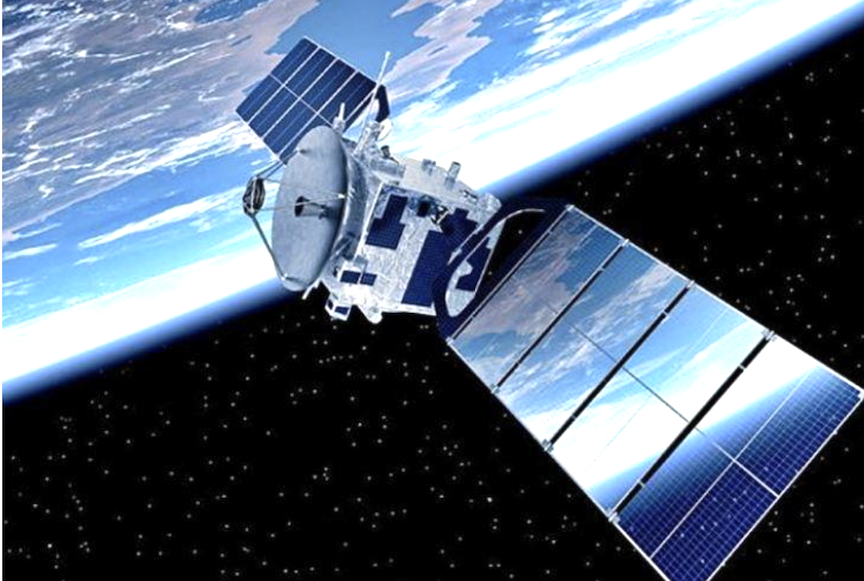SpaceX has secured the approval of the Federal Communications Commission (FCC) to deploy up to a million ground antennas for its Starlink satellite constellation project. Previous, the company’s founder Elon Musk referred to the antenna as “a UFO on a stick.”
SpaceX recently came from the successful launch of its sixth batch of Starlink satellites. It is part of the company’s impressive project to deliver high-speed internet from space.

A SpaceX Starlink satellite in orbit (illustration) Photo: SpaceX
Recently, the company was able to secure a key government license to begin rolling out another important feature of its Starlink project. According to federal documents filed by the company, the FCC has given SpaceX approval release about a million antennas that are designed to work with the Starlink satellites.
According to the company, the antennas are designed to connect users to SpaceX’s network of satellites. Measuring at about 19 inches across, Musk noted that the antennas look like small UFOs. The SpaceX founder also said these devices are very easy to install and use.
“It looks like a UFO on a stick,” he said according to CNBC. “It’s very important that you don’t need a specialist to install. The goal is for ... just two instructions and they can be done in either order: Point at sky, plug in.”
SpaceX’s first batch of Starlink satellites was official deployed in May last year. Since then, the company has been regularly carrying out launches for new batches of satellites. Currently, there around 360 Starlink units operating in low-Earth orbit. The launch for the next batch of satellites is scheduled to take place next month.
Originally, SpaceX planned to deploy a total of 12,000 satellites for its Starlink project. However, documents filed by the company last year revealed that SpaceX was planning to launch an additional 30,000 satellites. Once completed, the entire project could be comprised of about 42,000 satellites.
As noted by the company, the massive satellite constellation will enable telecommunication companies to provide internet services to customers residing in remote and hard-to-reach regions in different parts of the globe.
“With performance that far surpasses that of traditional satellite internet, and a global network unbounded by ground infrastructure limitations, Starlink will deliver high-speed broadband internet to locations where access has been unreliable, expensive, or completely unavailable,” SpaceX explained in a statement.

